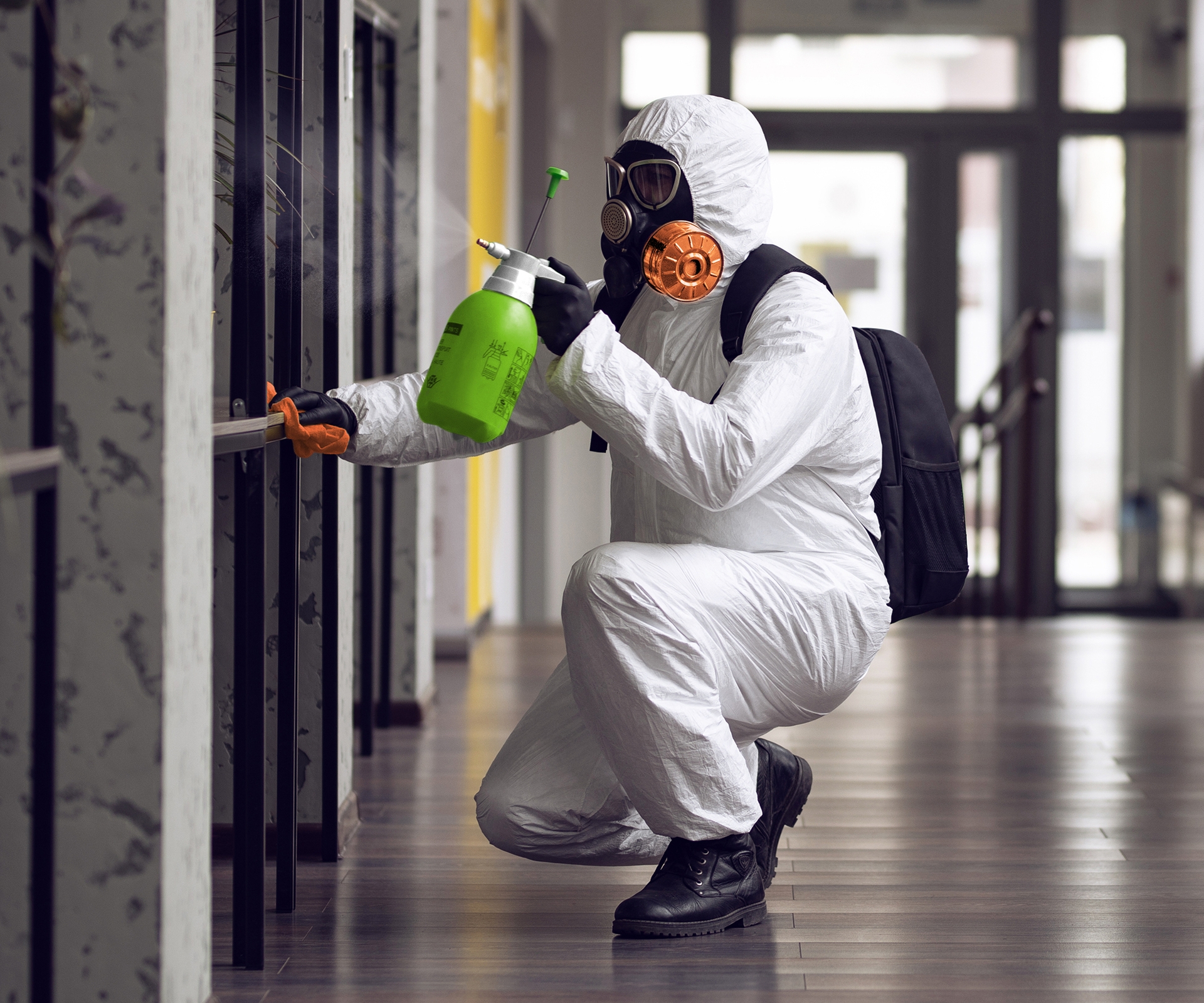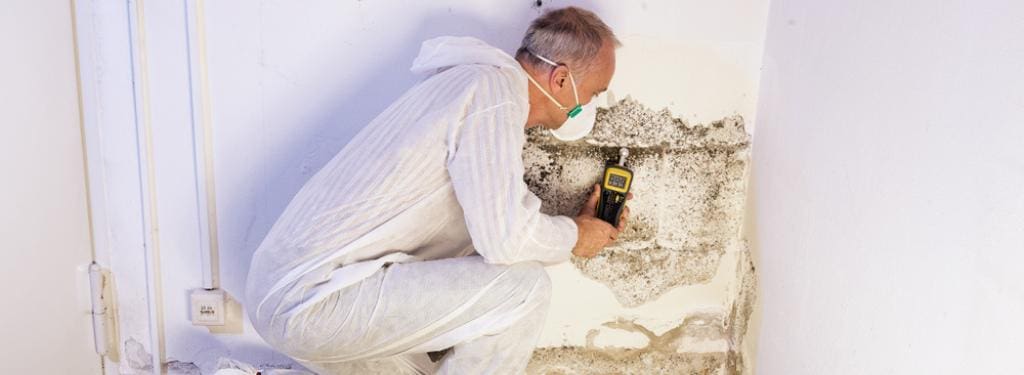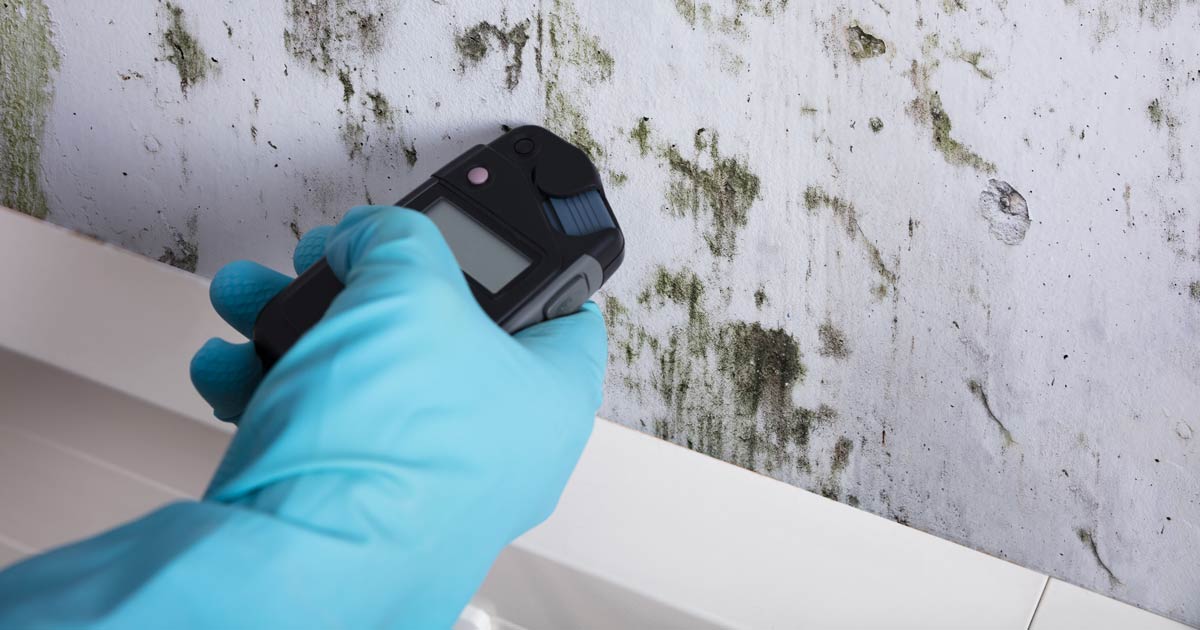Testing Air Quality After Mold Remediation
Testing Air Quality After Mold Remediation
Blog Article
Your Ultimate Overview to Message Mold And Mildew Remediation Methods
In the aftermath of mold and mildew infestation, understanding exactly how to properly remove the mold and stop its reoccurrence is critical for preserving a healthy interior atmosphere. From selecting the right cleaning and decontaminating techniques to applying approaches for long-lasting mold prevention, each action in the removal trip plays a vital role in making certain an effective end result.
Recognizing Post-Mold Removal Process
After finishing the mold and mildew removal process, it is important to recognize the post-mold remediation strategies that are essential to ensure a thorough and efficient cleaning. When the mold has been eliminated, the next step entails cleaning and disinfecting the affected areas to avoid any type of regrowth of mold and mildew. This includes using specialized cleansing agents to clean down surface areas and kill any type of remaining mold spores. It is important to dry out the location entirely to prevent the growth of mold in the future (Post Mold Remediation Report). Appropriate ventilation and dehumidification can assist in this procedure.
Furthermore, performing a final inspection post-remediation is important to make certain that all mold and mildew has been successfully eradicated. This assessment must include a detailed aesthetic check as well as potentially air tasting to verify the absence of mold and mildew spores in the air. If the examination exposes any kind of lingering mold, extra remediation might be necessary. Last but not least, enlightening owners on safety nets such as controlling moisture degrees and promptly addressing any water leakages can help preserve a mold-free environment.
Reliable Cleaning Up and Sanitizing Methods

Stopping Future Mold And Mildew Growth

Relevance of Correct Ventilation
Appropriate air flow plays a critical role in preventing dampness build-up, a crucial variable in mold development within interior atmospheres. Reliable ventilation systems assist eliminate excess humidity from the air, lowering the opportunities of mold spores discovering the wetness they require to sprout and spread out. Without adequate air flow, indoor rooms can come to be a reproduction ground for mold and mildew, leading to prospective wellness dangers and architectural damages.
By guaranteeing appropriate air blood circulation, ventilation systems can additionally aid in drying out moist areas much more promptly after water damage or flooding cases, even more hindering mold growth. Post Mold Remediation Report. In rooms like shower rooms, attics, basements, and cooking areas where moisture degrees often tend to be greater, installing and preserving effective air flow systems is important in stopping mold and mildew infestations

Tracking and Maintenance Tips
Provided the critical role that proper air flow plays in stopping mold and mildew development, it is mold removal diy critical to establish efficient monitoring and upkeep tips to guarantee the ongoing capability of ventilation systems. Monitoring humidity degrees within the residential property is likewise essential, as high humidity can contribute to mold development. By remaining attentive and positive to the problem of air flow systems, residential or commercial property owners can effectively minimize the threat of mold regrowth and maintain a healthy interior atmosphere.
Final Thought
In verdict, post-mold remediation techniques are crucial for ensuring a secure and tidy environment. Comprehending the process, executing effective cleaning and disinfecting methods, protecting against future mold and mildew growth, preserving proper air flow, and routine surveillance are all vital action in the removal procedure. By following these guidelines, you can effectively eliminate mold and avoid its return, working or advertising a healthy and balanced living room for all occupants.
In the consequences of mold problem, knowing just how to successfully get rid of the mold and prevent its reoccurrence is paramount for keeping a healthy and balanced interior environment. As soon as the mold has actually been gotten rid of, the following action involves cleaning and disinfecting the affected locations to avoid any regrowth of mold - testing air quality after mold remediation. After getting you can find out more rid of noticeable mold and mildew development, it is essential to clean up all surface areas in the afflicted location to get rid of any type of continuing to be mold spores. To additionally improve mold avoidance measures, it is important to deal with underlying issues that at first led to mold advancement.Given the vital role that proper air flow plays in preventing mold growth, it is imperative to develop reliable surveillance and maintenance pointers to make sure the continued performance of air flow systems
Report this page